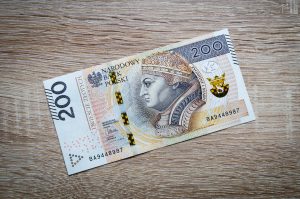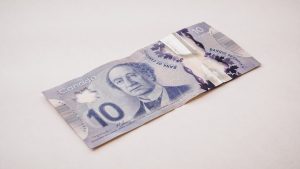Forex trading has become increasingly popular over the years, and with the advent of technology, automated trading has become a game-changer. Forex robots, also known as Expert Advisors (EA), are software programs that automate trading decisions based on a set of rules or algorithms. These robots can be designed to trade any currency pair and can be customized to fit individual trading styles. In this article, we will discuss how to make your own forex robot.
Step 1: Determine Your Trading Strategy
The first step in creating a forex robot is to decide on your trading strategy. The strategy you choose will determine the rules that your robot will follow when analyzing the market and making trading decisions. Your strategy should be based on a clear understanding of market conditions, technical indicators, and fundamental analysis.
There are various trading strategies that you can use to create your forex robot, including:
– Trend following: This strategy involves identifying trends in the market and trading in the direction of those trends.
– Breakout trading: This strategy involves identifying key levels of support and resistance and trading when the price breaks through those levels.
– Range trading: This strategy involves trading within a defined range of prices and buying at the bottom of the range and selling at the top.
Step 2: Choose a Programming Language
Once you have chosen your trading strategy, the next step is to choose a programming language to code your forex robot. The most popular programming languages used for creating forex robots are MQL4 and MQL5 (MetaQuotes Language 4 and 5).
MQL4 is the programming language used for creating forex robots that run on the MetaTrader 4 platform, while MQL5 is used for creating robots that run on the MetaTrader 5 platform. Both languages are similar, and if you know one, it will be easy to learn the other.
Step 3: Code Your Forex Robot
The next step is to code your forex robot. If you are not familiar with coding, you can hire a programmer to help you with this step. Alternatively, you can use a forex robot builder tool that allows you to create your robot without any coding.
When coding your forex robot, you will need to define the rules that your robot will follow when analyzing the market and making trading decisions. This includes defining the technical indicators and parameters that your robot will use when analyzing the market.
Step 4: Backtest Your Forex Robot
Once you have coded your forex robot, the next step is to backtest it. Backtesting involves testing your robot using historical data to see how it would have performed in the past. This will help you to identify any flaws in your robot and make any necessary adjustments before using it in live trading.
To backtest your forex robot, you will need to use a backtesting software that is compatible with your trading platform. MetaTrader 4 and 5 both have built-in backtesting tools that you can use to backtest your robot.
Step 5: Optimize Your Forex Robot
After backtesting your forex robot, you may need to optimize it to improve its performance. Optimization involves adjusting the parameters in your robot to improve its profitability.
When optimizing your forex robot, it is important to use a robust optimization method to avoid overfitting your model. Overfitting occurs when your robot is too narrowly optimized to perform well only on historical data and may not perform well in live trading.
Step 6: Deploy Your Forex Robot
Once you have coded, backtested, and optimized your forex robot, the final step is to deploy it in live trading. You will need to have a live trading account with a forex broker that supports automated trading.
When deploying your forex robot, it is important to monitor its performance regularly and make any necessary adjustments to ensure that it continues to perform well.
Conclusion
Creating your forex robot can be a challenging and rewarding experience. By following the steps outlined in this article, you can create a forex robot that fits your trading style and helps you achieve your financial goals. Remember, it is important to backtest and optimize your robot before deploying it in live trading, and to monitor its performance regularly to ensure that it continues to perform well.





